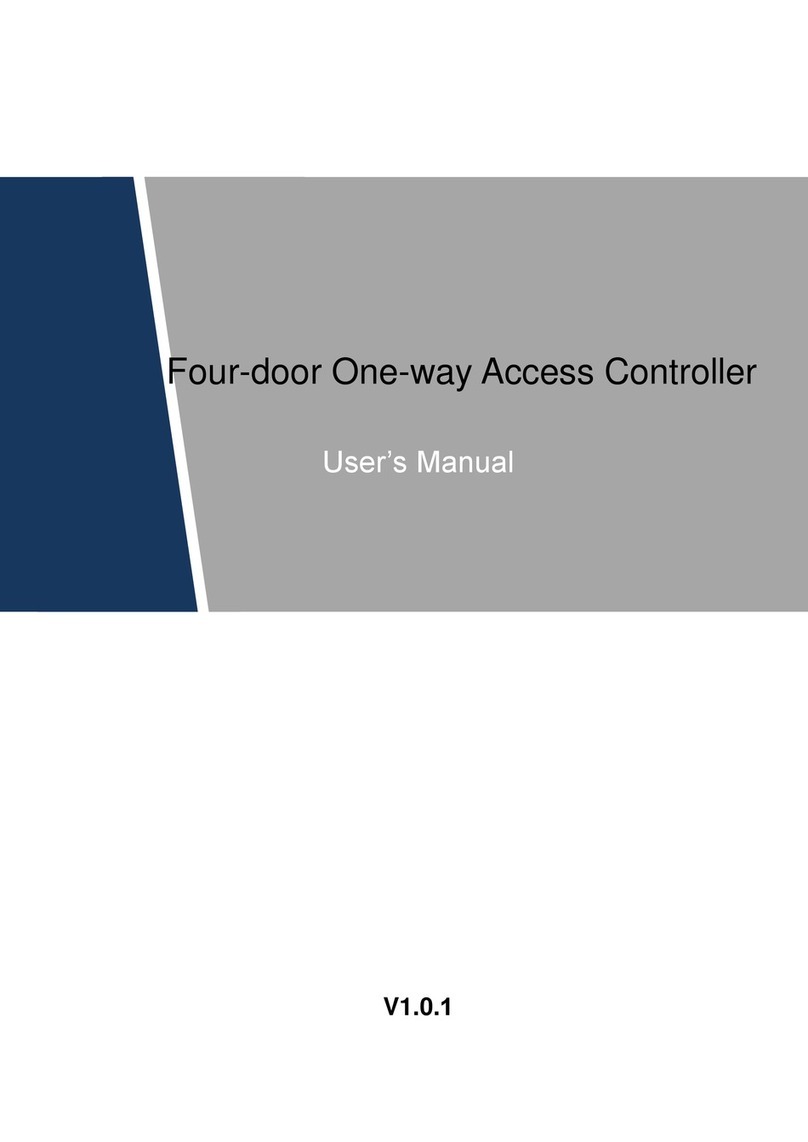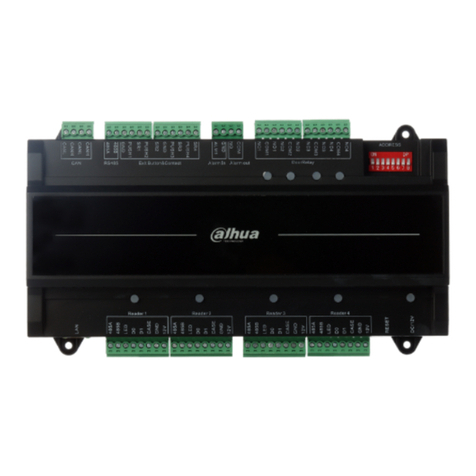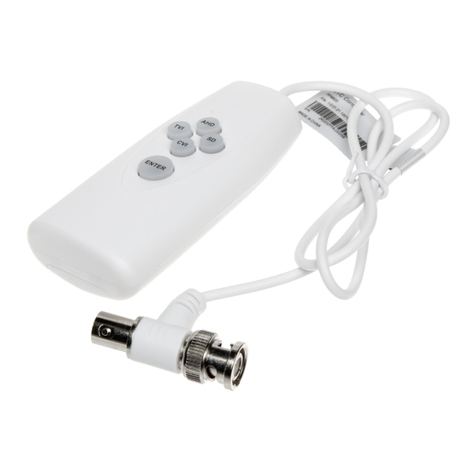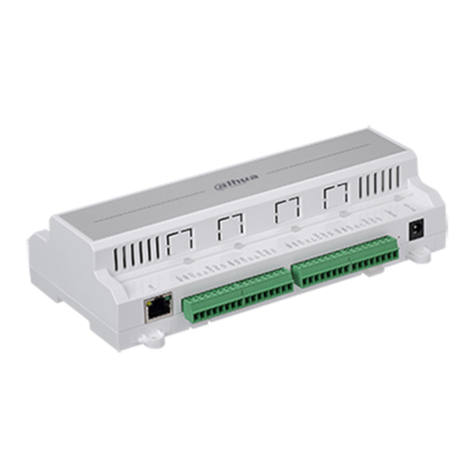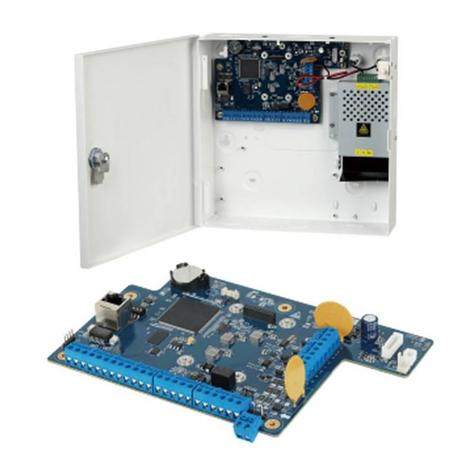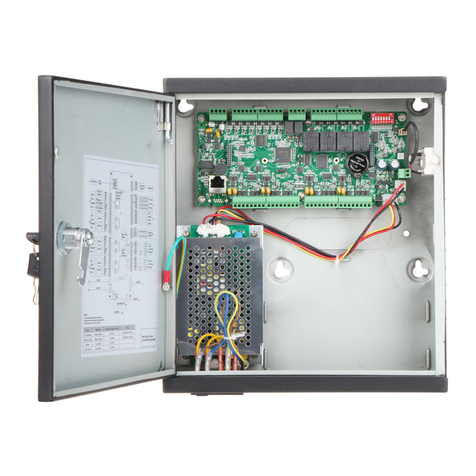
User’s Manual
VIII
Table of Contents
Foreword ........................................................................................................................................................................................................I
Important Safeguards and Warnings............................................................................................................................................ III
1 Introduction ............................................................................................................................................................................................ 1
1.1 Overview........................................................................................................................................................................................ 1
1.2 Features.......................................................................................................................................................................................... 1
1.3 Technical Specifications......................................................................................................................................................... 2
2 Keypad ....................................................................................................................................................................................................... 7
2.1 Dimensions ................................................................................................................................................................................... 7
2.2 Installation.................................................................................................................................................................................... 7
2.3 Wiring ..............................................................................................................................................................................................9
2.4 Structure ......................................................................................................................................................................................10
2.5 Keys.................................................................................................................................................................................................10
2.5.1 Numeric Keys (from 0-9)............................................................................................................................................11
2.5.2 Function Keys .................................................................................................................................................................11
2.5.3 Key Combination Operations .................................................................................................................................12
2.6 LED Indicators............................................................................................................................................................................14
2.6.1 Overview ...........................................................................................................................................................................14
2.6.2 Status ..................................................................................................................................................................................14
2.7 LCD Display.................................................................................................................................................................................15
3 Expansion Module (Optional) ......................................................................................................................................................17
3.1 Dimensions .................................................................................................................................................................................17
3.2 Wiring ............................................................................................................................................................................................17
3.3 Module Functions....................................................................................................................................................................18
4 4G Module (Optional).......................................................................................................................................................................20
4.1 Dimensions .................................................................................................................................................................................20
4.2 Installing 4G Modules............................................................................................................................................................20
5 Arming and Disarming.....................................................................................................................................................................23
5.1 Arming ..........................................................................................................................................................................................23
5.1.1 Total Arming ...................................................................................................................................................................24
5.1.2 Partition 1 Arming........................................................................................................................................................24
5.1.3 Partition 2 Arming........................................................................................................................................................25
5.1.4 Partition 1+2 Arming ..................................................................................................................................................26
5.1.5 Forced Arming................................................................................................................................................................27
5.1.6 Rapid Arming..................................................................................................................................................................27
5.1.7 Arming through Timer ...............................................................................................................................................28
